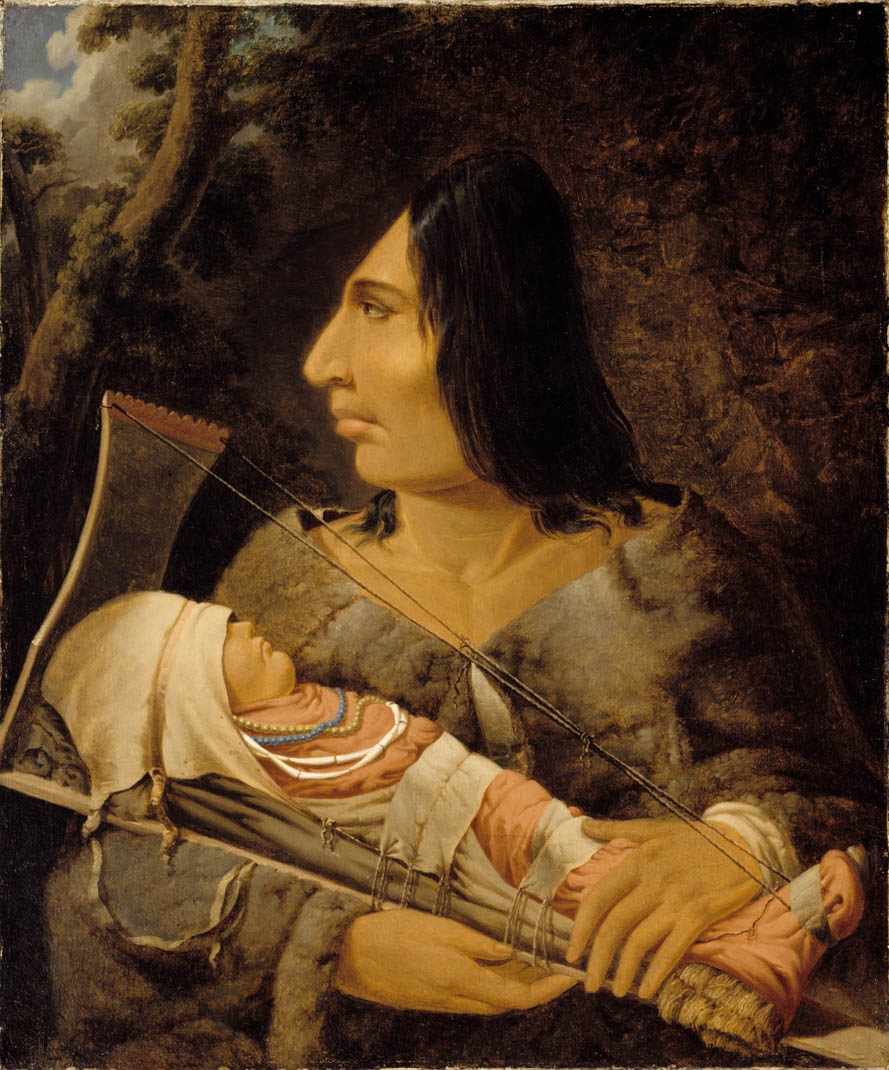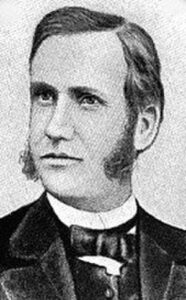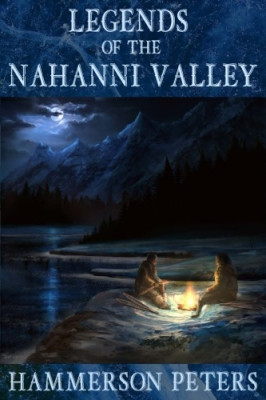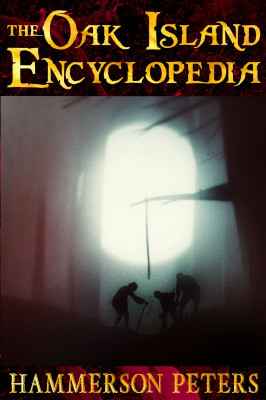Continued from The Adventures of Paul Kane: Part 7.
The Adventures of Paul Kane: Part 8
The York Factory Express
On July 1st, the fur brigade with which Kane had travelled across the continent embarked on its return trip to York Factor. Kane joined this so-called ‘York Factory Express’ and rode with its members in their boats up the Columbia River.
On the second day of their journey, the engages were each allotted one pint of rum. That night, the crew members swapped tales, competed with each other in athletic contests, and engaged in wrestling matches and fistfights. “The next day,” Kane wrote, “the men were stupid from the effects of drink, but quite good-tempered and obedient; in fact, the fights of the previous evening seemed to be a sort of final settlement of all old grudges and disputes.”

After several days of paddling, tracking, poling, and portaging, the party came upon a Flathead Indian burial ground. The Flathead tribe, like many of the Indian nations of the Pacific Northwest, flattened the heads of their babies by binding boards to their foreheads shortly after birth. The skulls of children who underwent this procedure gradually became conical. Hoping to procure such a skull, Kane snuck into the cemetery without attracting the attention of any local Indians or his fellow voyageurs and pulled off a successful grave-robbing, secreting a Flathead skull amongst his baggage.
The following day, a pair of Hawaiian HBC employees deserted the train, each carrying 10 pounds sterling. Indian scouts followed their trail, captured them, and brought them back to the main party. As punishment, the most powerful of voyageurs repeatedly knocked them down and kicked them.
The company continued upriver, often hiring local Indians to assist in portaging their boats and goods around rapids and waterfalls. When they reached a peculiar pair of mountains called the Chimney Rocks, referred to today as the Twin Sisters, Kane stopped to make a sketch of the strange landmark. While he drew, a local Walla-Walla Indian told him an old Indian legend about an ancient battle of wits between a wolf and a grasshopper which took place on the banks of the Columbia, and a subsequent romance between the wolf and three sisters, the resolution of which explained the origin of the Chimney Rocks and other landmarks in the area.
Walla-Walla
The brigade continued up the Columbia, leaving the forest for a dry, sandy desert, and arrived at Fort Walla-Walla on July 12th. There, Kane hired a halfbreed guide, purchased three horses, and rode up the Snake River, a tributary of the Columbia which he called the “Nezperees”. He followed the Snake to the mouth of the Palouse River, which he called the “Pelouse”. There, he met a local Indian chief who informed him that upriver he would find a waterfall that no white man had seen before. Kane proceeded up the Palouse and, sure enough, came to the Palouse Falls. “I had not advanced more than a mile,” Kane wrote, “when the chief came up to us and guided us to the falls through one of the boldest and most sublime passes the eye ever beheld. At the foot of the falls we made our encampment, and our guide left us, quite satisfied with his present of tobacco and ammunition. The water falls in one perpendicular sheet of about 600 feet in height, from between rocks of greyish-yellow colour, which rise to about 400 feet above the summit of the fall. The water tumbles into a rocky basin below, with a continuous hollow echoing roar, and courses with great velocity along its bed, until it falls into the Nezperees.”

Kane and his guide proceeded above the falls, where they found a field of succulent wild currents. The travellers continued up the river, Kane sketching as he went, making their way through a desolate desert. Eventually, Kane’s guide protested that he had to return to the fort in order to check on his wife, of whom he was jealous. Reluctantly, the painter followed his guide back to Fort Walla-Walla.

On July 18th, presumably after his guide had checked on his wife, Kane and his companion headed for a Presbyterian mission headed by a Dr. Marcus Whitman, said to lie sixty miles from Fort Walla-Walla. Although local Indians warned Kane that he would die of thirst before he reached the mission, the painter decided to risk the journey anyway. The pair reached the mission house at 6:00 p.m. in a state of severe dehydration.
Kane spent the next few days visiting with Dr. Whitman and his wife, and meeting and sketching several of the local Cayuse Indians. The painter noted that, by middle age, the teeth of most of the regional natives was worn to the gums on account of the sand which often tainted their food.
Kane and his guide returned to Fort Walla-Walla on July 22nd, where a large war party of Walla-Walla and Cayuse Indians had just returned from a disastrous campaign against Californian prospectors. Fearing that the warriors might gratify their frustration by killing him, the painter remained in the fort for a week and a half.
Continued in The Adventures of Paul Kane: Part 9.
















Leave a Reply